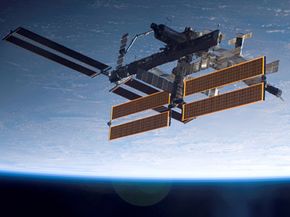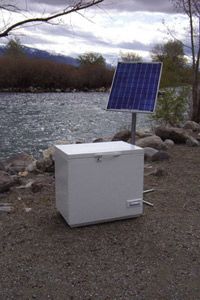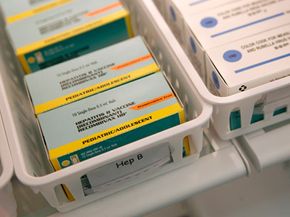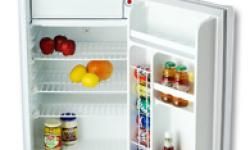Over the last decade, some extremely "green" individuals have started giving up artificial refrigeration to save the Earth. Or at least to save a few hundred kilowatt-hours a year.
Most people think such a backward step in the evolution of modern civilization is a bit uncalled for, but it does draw attention to the drawbacks of modern refrigeration techniques. But there are other options besides resigning yourself to warm beer. Solar-powered refrigerators are pretty easy to come by these days, and they get around the energy-consumption issues associated with traditional fridges. They also get around the fact that 2 billion people around the globe have no access to electricity in the first place [source: NASA].
Advertisement
Solar energy, often known as photovoltaics, is ubiquitous these days. Some of us use it to power our homes; others buy carbon offsets that put money into solar and wind power to offset traditional energy use (see How Carbon Offsets Work). Solar panels sit atop buildings, homes and tents and power cell-phone chargers, radios and the International Space Station (ISS). These technologies use photovoltaic (PV) cells to convert sunlight into electricity. When sunlight strikes a PV cell, it heats the cell up. Heating the cell causes electrons to knock loose, and these electrons are converted into a stream of electricity, or current (see How Solar Cells Work).
One of the most common solar-powered refrigerators on the market, the NASA-licensed SunDanzer, uses this PV technology to power an otherwise mostly traditional refrigeration setup. But one of the most recent developments uses "solar power" in a much more basic way.
In this article, we'll take a look at both of these solar-powered refrigerators and find out what makes them tick. We'll start with the SunDanzer, which is based on technology developed to provide air conditioning and refrigeration on the ISS.
Advertisement



